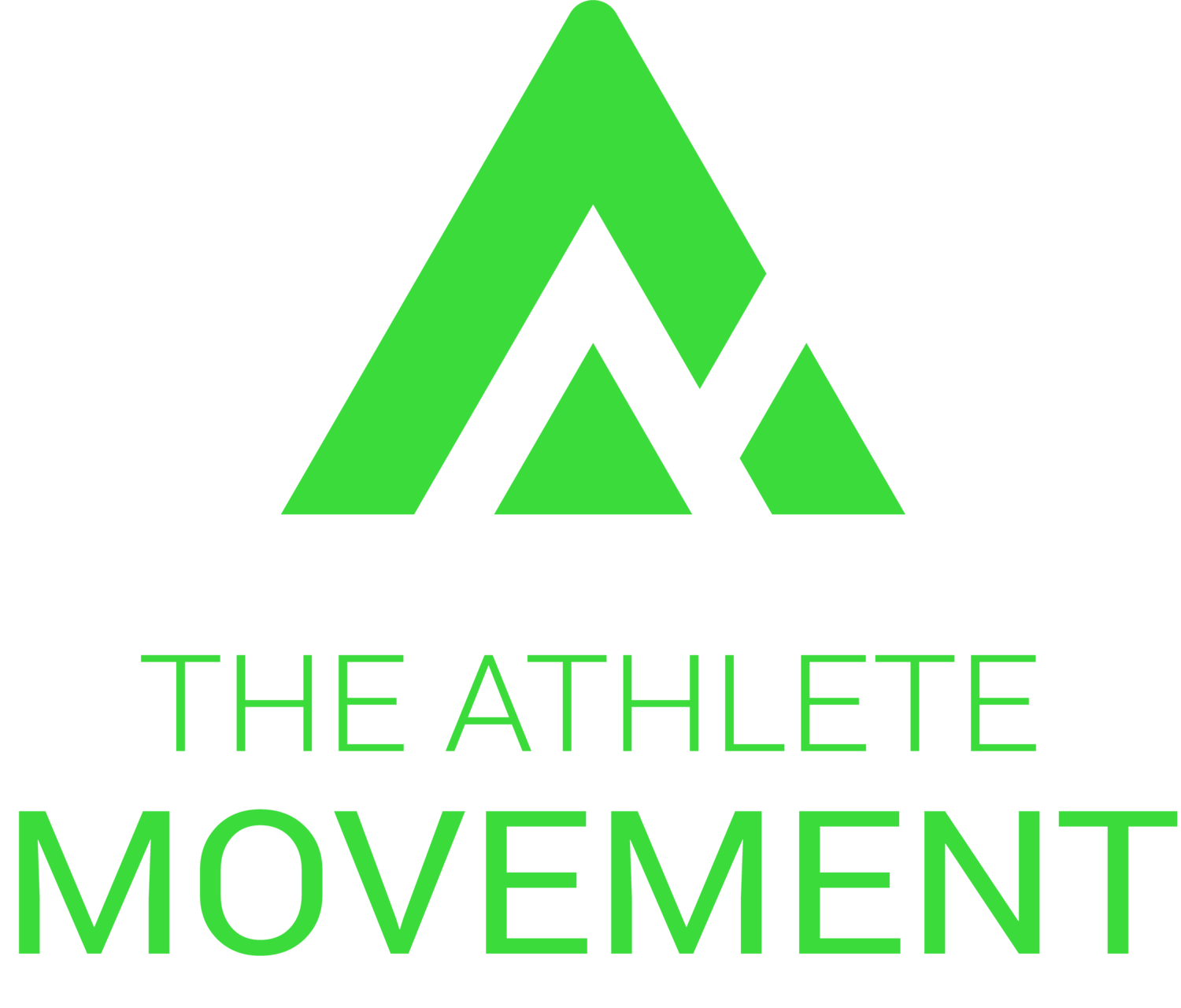Running may appear as a simple skill, however it is actually very complex and stressful on the body. When athletes run with poor technique it can result in massive energy leaks, movement compensations and poor performance.
"You don't run to get fit, you need to be fit to run." Diane Lee
This awesome quote just makes sense. If you have poor movement quality whilst running (let alone a 12km run) you are basically undertaking thousands of bad repetitions on each side of your body and these countless reps may lead to the eventual breakdown of your body (knees, hips and lower back!).
Why running may not be right for you yet:
This is largely due to the significant impact force the body has to absorb when making ground contact. Impact force is so high that it transfers through the ankles, knees, and up to 10 x body weight load on the hip.
Ideally this force is transferred as compression load which our bodies can handle quiet well. However, shear load is also present which the skeletal system does not handle well. As a result, if you run with a faulty movement pattern the shear loads or torque at the joints greatly increase (knee and lower back especially).
A handy tip - listen to yourself run. If you sound like a baby elephant when you run, you probably aren’t handling impact forces very well and causing unnecessary stress to your joints.
What to do now:
Firstly, assess your own running technique or alternatively get an expert running assessment to help source any weak links in your movement. What I often observe with poor running technique is a lack of ankle, knee and hip stability, lack of ankle and hip mobility, poor lumbopelvic and core control and bad posture. Thankfully, all these issues are coachable.
It all starts with the feet and ankles.
In order to be able to get into correct foot strike positions, it is crucial to have great ankle mobility - in particular dorsi-flexion (point toes to your head) and plantar-flexion (point toes to the ground). When you lack ankle mobility it can impact the stability of your foot during ground contact and reduce momentum force when propelling forward.
Next, understand the difference between the foot strike patterns and what pattern may be more effective for your running. The three types of foot strike patterns include:
1. Heel strike – thought to be more suitable for long distance running as it is found to be more physiologically efficient. However it does place considerable stress on the joints due to minimal shock absorption.
2. Mid foot strike - often more suitable for middle distances as it is found to minimise muscle activity and energy expenditure. Mid foot strike is also beneficial for gradually progressing an athlete to a fore foot strike.
3. Fore foot strike - the fastest foot pattern that is optimal for sprinting (think Usain Bolt!). It requires high muscular activity and energy expenditure, thus why it is not appropriate for middle-long distance running.
Rather than stressing too much about your own foot striking when running. I first recommend you consider your foot placement, relative to your centre of mass. For example running with your feet under your hips opposed to out in front of your body will allow you to handle running loads much better, with less unnecessary stress to the body.
Lastly, activate the supporting musculature and strength train! Instead of going to the gym and just running on the treadmill, start shifting some iron. This will promote strength and stability, get you moving more efficiently, and help build superior force absorption. Strength training for running will be later discussed in a Part 2 running post.
Running will highlight every faulty movement pattern and compensation in your body
As Diane Lee quoted, don't run to get fit, instead get fit to run. Work on technique and fix the weak links in the chain that are causing inefficiency and potential pain. If you are going to run the City to Bay – read our recent blog post - the cheapest massage (HERE), to release muscles tension that often builds up after running.


